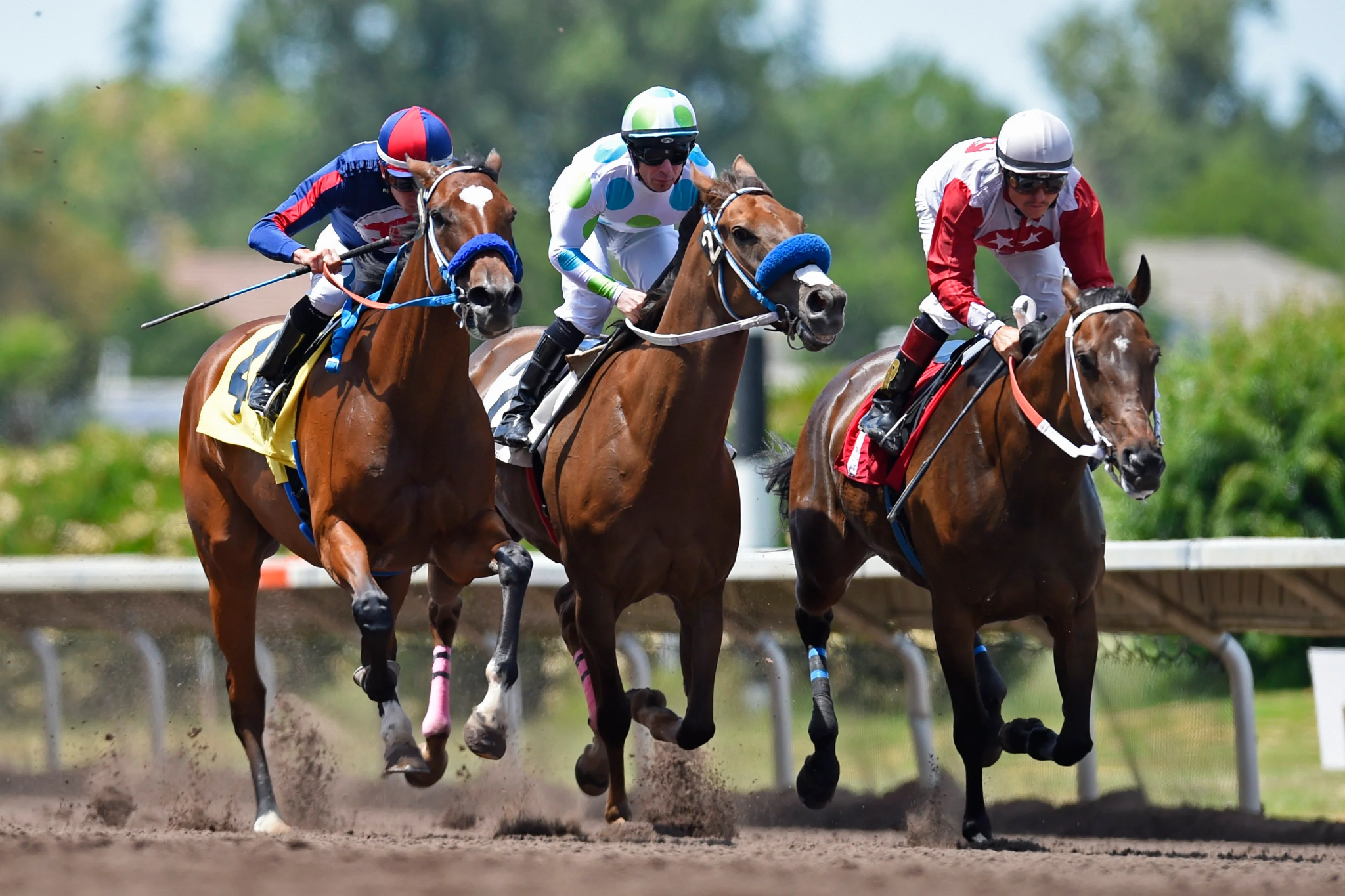When you’re studying the ins and outs of thoroughbred racing, the language might be confusing at first. While most amateur and professional handicappers can describe to you that a Grade 1 or Group 1 race is the pinnacle of the sport, it’s far more difficult to distinguish between a Listed handicap, a Heritage Handicap, or a Merit Rated 66 handicap.
What are Class Levels in Horse Racing? As a generic answer to the Class question, handicappers must answer the question, “Is the horse running at the appropriate level?” Looking at historical performances (The official Handicappers Rating) will typically disclose the level at which a horse is often competitive or the level at which it may repeatedly fail, as well as if a horse is in form and ready to race at its best.
Classification of difference Races
Before delving into how races are classed, it’s important to understand why they’re separated into grades, groups, and classes in the first place. The explanation is straightforward in that race classification was established to guarantee that horses of similar ability run against each other and that particular quality requirements be satisfied at each level of classification.
The race classification system also enables racing authorities from different areas and nations to coordinate the planning and scheduling of individual events. This is done to try to guarantee that the greatest horses are free to participate in as many races as possible, which is especially crucial in top-level events. In Group Races (races where the best of the best participate against each other), whether it is run in the UK, Australia, Dubai, South Africa, or the USA, any horse from any country will be able to run against each other as they will all be judged to be on a par with regard to ability.
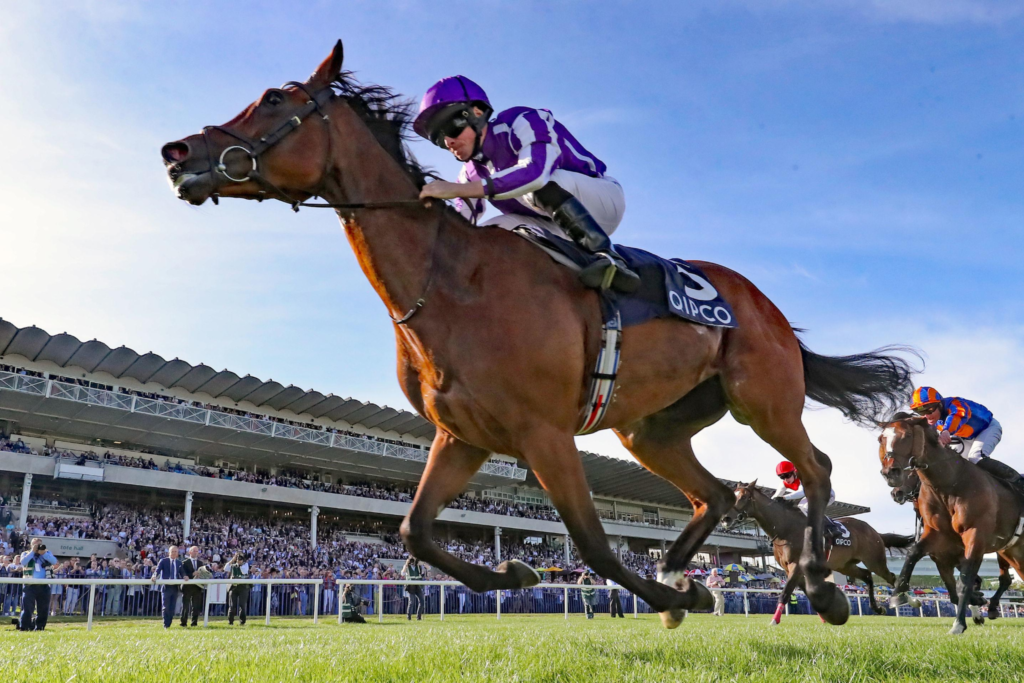
Different Classes of Flat Racing in the United Kingdom
Flat racing in the United Kingdom is divided into seven classes, with Pattern and Listed races at the top of the classification system, and low-rated handicappers supporting the classification system at Class 7.
- Group 1 Races
The highest level of thoroughbred racing is represented by group races, often known as pattern races. These constitute a tiny percentage of all races held each year and are classified into three tiers. Group 1 races are the highest level of competition for horses of different ages.
These garner tremendous attention, have the greatest prize purses, and some are considered worldwide racing events. In these events, horses often carry the same weights, enabling pure talent to come through. Some of these events, like the Melbourne Cup, do, however, apply age and performance weight penalties.
- Group 2 races
These are the next level down from Group 1 events. These races may still attract top-tier racehorses, and it’s not uncommon for horses to participate in both Group 1 and Group 2 races throughout the course of a season.
- Group 3 races
These races tend to attract the somewhat lower-rated racehorses, although they may also be utilized as trial events for champion racehorses or as stepping stones to higher-classified races. While they tend to draw lower-rated racehorses, excellent horses are known to participate in them as they advance in their careers and strengthen their ratings on their route to Group racing.
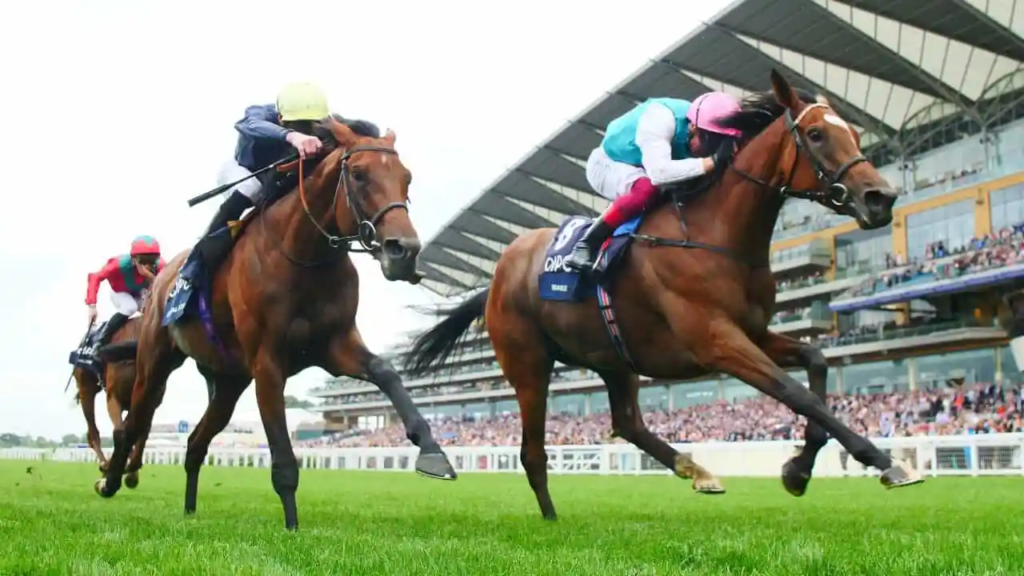
Horse Racing Classifications – Handicaps
Handicaps are used to govern the rank and file of horseracing in the flat racing pyramid’s other six classes. Before races, certified handicappers give an official handicap rating to horses based on a range of factors like age, gender, and previous performance. This is done to increase the competitiveness of each race.
To make handicapping simpler, these races are separated into seven classes, each of which is limited to horses from distinct racing bands. Classes 2-6 are further broken into 14 points racing “bands” that overlap (these are important when Balloting is explained) and differentiate between better and poorer quality races in each Class.
Horse Racing Classifications – Classes
- Class 1
Events include the top Flat horses in the UK and are handicapped, whilst Class 7 races are less prominent. What matters most to racing bettors is the competitiveness of the field, not the quality of the race.
The Official Rating of a horse will be used to decide which class it may compete in. Official Ratings 96+ for Class 1. Classics are included, and they are grouped into Groups 1, 2, and 3.
- Class 2
Official ratings vary from 86 to 100, 91 to 105, and 96 to 110.
- Class 3
Official ratings for Class 3 vary from 76-90 to 81-95.
- Class 4
Official ratings for Class 4 vary from 66-80 to 71-85.
- Class 5
Official ratings for Class 5 vary from 56-70 to 61-75.
- Class 6
Official ratings for Class 6 vary from 46-60 to 51-65.
- Class 7
Official ratings for Class 7 vary from 0-45.
Racing in the National Hunt
National Hunt racing, like flat racing, is separated into Classes. There are, however, some minor variances in how races are categorized. Pattern races (Group Races) and Listed races are both included in Class 1 National Hunt events. Class 1 Pattern races, like flat racing, are classified into three levels.
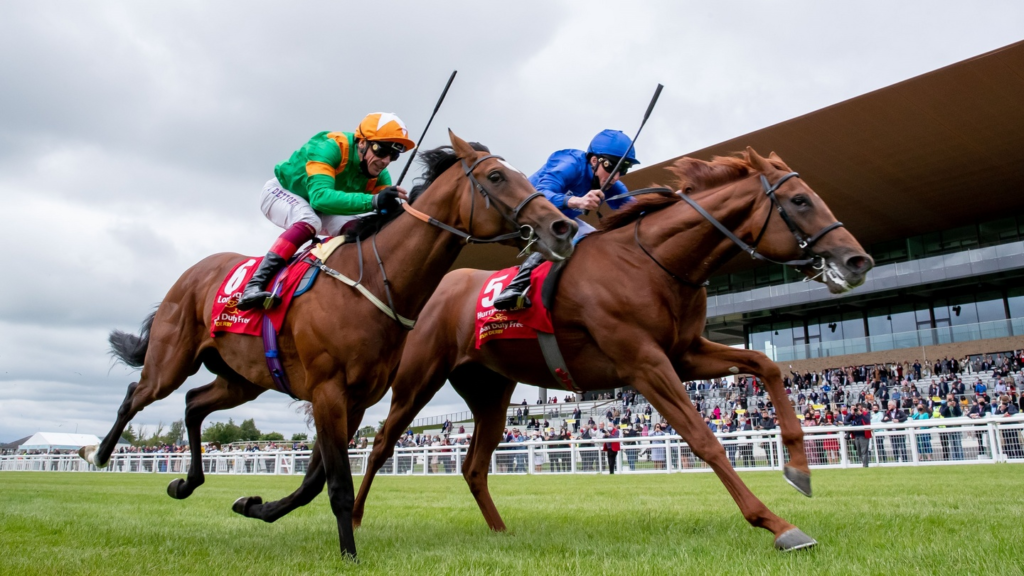
The Cheltenham Gold Cup is a Grade 1 race contested by the best jumps racehorses in their individual event/distance category. Although exceptional racehorses compete in Grade 2 races, the overall field quality is often lower than that of a Grade 1 event. Grade 3 events, which include significant handicap races, are the next category below. Some events, such as the Grand National, may draw more attention and give greater purses than higher-level races.
Listed races are just below Graded races in terms of competition level, with the calibre of participants matching the prize money and status of the event. Races in classes 2-6 are handicap events, with official handicap ratings (weights added) to balance the field and promote more competitive races.
Class Levels – Every horse deserves to run competitively
Every horse racing trainer, owner, and jockey desires to train, own, or ride the Group One, Two, or Three victories. However, the horses in the other Classes of Races are not as talented as the top horses, and they are also ridden by their trainers, owners, and jockeys.
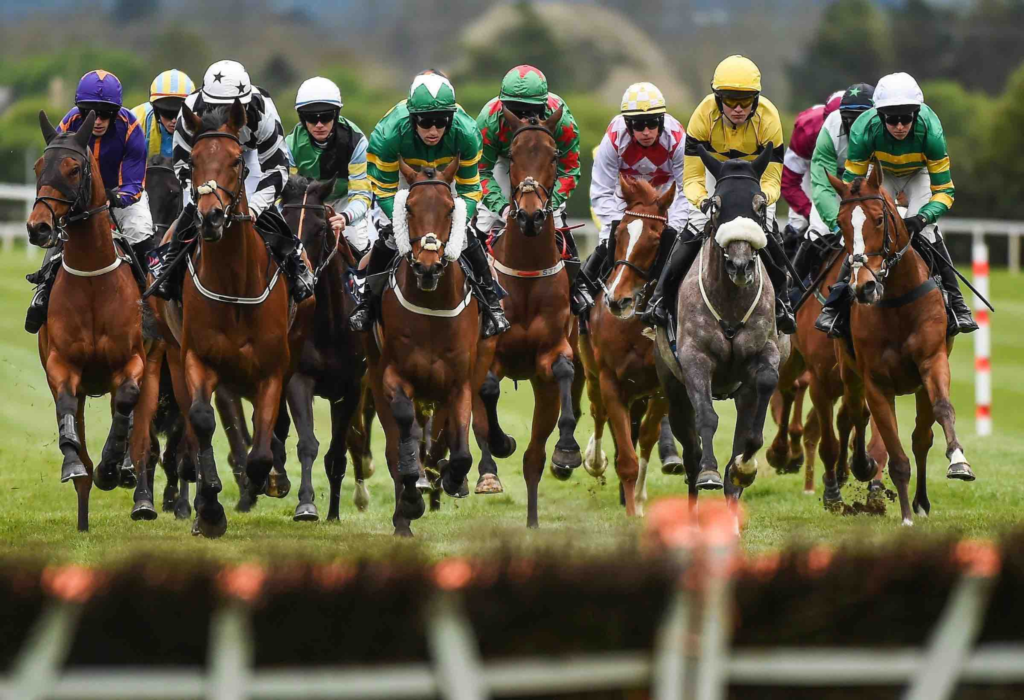
However, they also deserve their moment in the spotlight, and this will happen regularly during a horse’s lifespan. For the different Class Levels of racing to remain competitive, the official Handicappers will balance the various Class Level races by adding weight to the better horses in a race to try and give every horse an equal opportunity of winning.

